The African savanna is home to some of the world’s most iconic wildlife, including the distinctive black-and-white striped zebras. While many people recognize zebras by their characteristic pattern, fewer realize that there are actually three different species of these equids, each adapted to specific environments and ecological niches. Two of the most notable zebra species are the Plains zebra (Equus quagga) and the Mountain zebra (Equus zebra). Though they may appear similar at first glance, these magnificent animals have evolved significant differences in their appearance, behavior, habitat preferences, and survival strategies. From their stripe patterns and physical build to their social structures and conservation status, Plains and Mountain zebras represent fascinating examples of how closely related species can diverge to thrive in different environmental conditions. Let’s explore the key differences that distinguish these two remarkable zebra species.
Geographic Distribution and Habitat Preferences

Plains zebras and Mountain zebras have evolved to thrive in distinctly different African environments. The Plains zebra (Equus quagga) is the most widespread and common zebra species, found across much of eastern and southern Africa. Their range extends from South Sudan and southern Ethiopia through East Africa (Kenya, Tanzania, Uganda) down to southern Africa, including parts of Angola, Namibia, Botswana, Zimbabwe, Mozambique, and South Africa. As their name suggests, Plains zebras prefer open grasslands, savannas, and woodland areas where they can graze freely and maintain visibility against predators.
In contrast, Mountain zebras (Equus zebra) have a much more restricted range, occurring only in southwestern Africa, primarily in Namibia and South Africa. This species is further divided into two subspecies: the Cape Mountain zebra (E. z. zebra) found in the mountain ranges of South Africa’s Western and Eastern Cape provinces, and the Hartmann’s Mountain zebra (E. z. hartmannae) inhabiting the mountainous regions of Namibia and extreme southwestern Angola. True to their name, Mountain zebras have adapted to life in rocky, mountainous terrain, where they navigate steep slopes and rugged landscapes with remarkable agility, often at elevations of up to 2,000 meters above sea level.
Physical Size and Build Differences

The physical build of Plains and Mountain zebras reflects their adaptation to different habitats and lifestyles. Plains zebras typically stand between 1.3-1.5 meters (4.3-4.9 feet) at the shoulder and weigh approximately 220-340 kg (485-750 lbs), with males generally being slightly larger than females. Their build is relatively robust but balanced, designed for endurance running across flat terrains. Plains zebras have a somewhat rounded back and a thick neck with a short, erect mane that stands upright along the neck.
Mountain zebras, by comparison, tend to be slightly smaller, standing about 1.2-1.4 meters (3.9-4.6 feet) at the shoulder and weighing between 204-372 kg (450-820 lbs). Their physique is distinctly adapted for mountainous environments, with a more stocky, muscular build, particularly in their hindquarters, which provides the power needed for climbing steep inclines. Mountain zebras have stronger, harder hooves that resist wear on rocky surfaces and offer better traction. Their body structure also features a distinctive “grid iron” pattern of cross-stripes on the rump, a characteristic absent in Plains zebras. Additionally, Mountain zebras have longer ears than Plains zebras, a feature that may enhance their ability to detect sounds in their more acoustically complex mountain environment.
Distinctive Stripe Patterns

Perhaps the most visually striking difference between Plains and Mountain zebras lies in their stripe patterns. Plains zebras have broad black stripes that alternate with white or beige stripes. These stripes run vertically on the body and horizontally on the legs, with a distinctive pattern where the stripes on the hindquarters form a triangular or “shadow” pattern. The stripes of Plains zebras typically extend all the way to their belly, and they often have brownish “shadow stripes” between the main black stripes, especially on their hindquarters. This feature is unique to Plains zebras and is not found in other zebra species.
Mountain zebras display a different striping arrangement that helps distinguish them immediately from their plains-dwelling cousins. Their stripes are narrower and more closely spaced than those of Plains zebras, and they lack the shadow stripes. One of the most distinctive features of Mountain zebras is that their stripes do not extend to the belly, which remains white without stripes. Additionally, Mountain zebras have a distinctive “grid iron” pattern on their rump, where horizontal stripes connect to the main vertical stripes, creating a grid-like appearance. This pattern is entirely absent in Plains zebras and serves as a definitive identifying characteristic. Both Cape Mountain and Hartmann’s Mountain zebras share this grid pattern, though the Hartmann’s subspecies tends to have slightly wider spacing between stripes.
Facial Features and Neck Characteristics

The facial features and neck characteristics offer further points of distinction between Plains and Mountain zebras. Plains zebras have a relatively broad muzzle with large nostrils adapted for efficient breathing during sustained running. Their faces feature stripes that run all the way to the muzzle, with a pattern that creates a somewhat triangular or forehead star appearance. The mane of a Plains zebra is short and erect, standing upright along the length of the neck and extending from the crown of the head to the withers. This relatively short mane allows for better heat dissipation in the warm savanna environments.
Mountain zebras, in contrast, have a more refined facial structure with a somewhat narrower muzzle. Their facial striping pattern differs from Plains zebras, with the stripes stopping at the muzzle, leaving it a solid dark color. One of the most distinctive features of Mountain zebras is their dewlap—a noticeable fold of loose skin on the throat that Plains zebras lack entirely. This dewlap is particularly prominent in Cape Mountain zebras and less developed in Hartmann’s Mountain zebras. Additionally, Mountain zebras possess a mane that, while also short, tends to be slightly longer than that of Plains zebras. Some researchers suggest the dewlap might serve purposes related to vocalization or display, though its exact function remains a subject of scientific interest.
Social Structure and Herd Dynamics
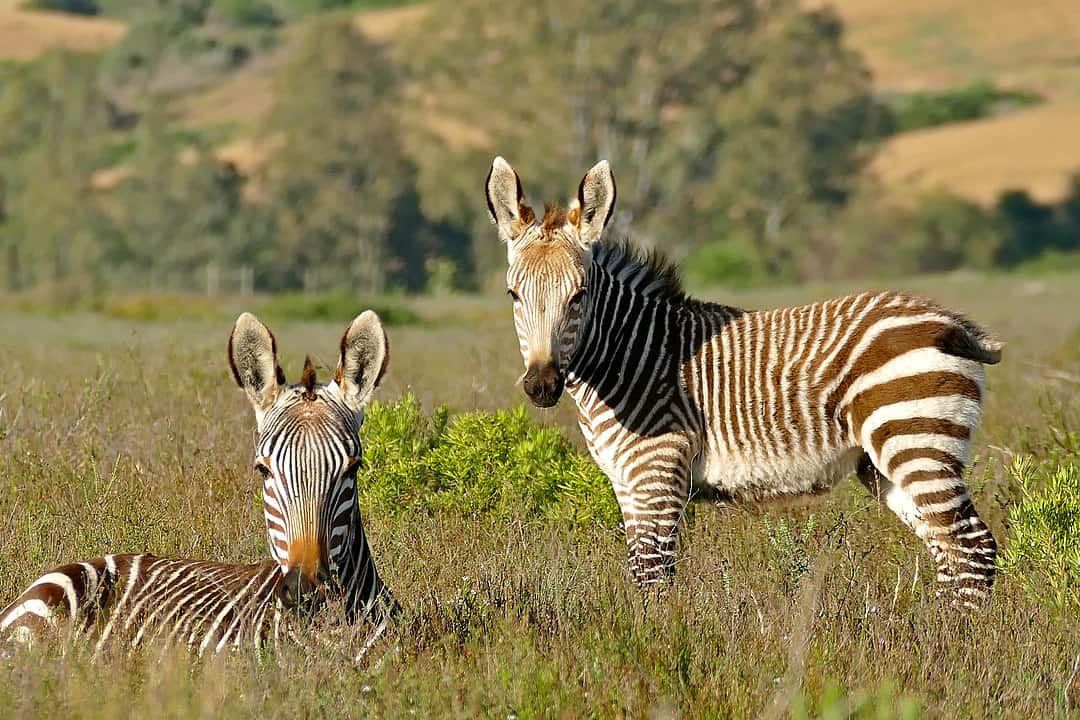
Plains and Mountain zebras exhibit notable differences in their social organization and herd dynamics. Plains zebras typically form small family groups known as harems, consisting of a dominant stallion, several mares (usually 1-6), and their offspring. These family groups often come together to form larger herds, particularly during migrations or in areas with abundant resources. Plains zebra society is characterized by a high degree of social cohesion, with strong bonds between mares that can last for many years, even if the stallion changes. The complex social structure of Plains zebras includes regular interactions between different family groups within the larger herd, and young males often form bachelor groups until they can establish their own harems.
Mountain zebras, particularly Cape Mountain zebras, tend to form smaller, more stable family groups typically consisting of a stallion, one to five mares, and their young. These groups are generally more isolated from each other than Plains zebra harems, a reflection of their more rugged and resource-limited habitat. Mountain zebra family groups rarely join to form the large aggregations seen in Plains zebras, instead maintaining distinct territories that they defend more vigorously. Bachelor males of Mountain zebras often live solitary lives rather than forming the bachelor groups typical of Plains zebras. The difference in social structure likely reflects adaptations to different ecological pressures—Plains zebras benefit from larger group sizes for predator detection in open habitats, while Mountain zebras’ smaller groups are better suited to the limited resources available in mountainous terrain.
Reproductive Differences
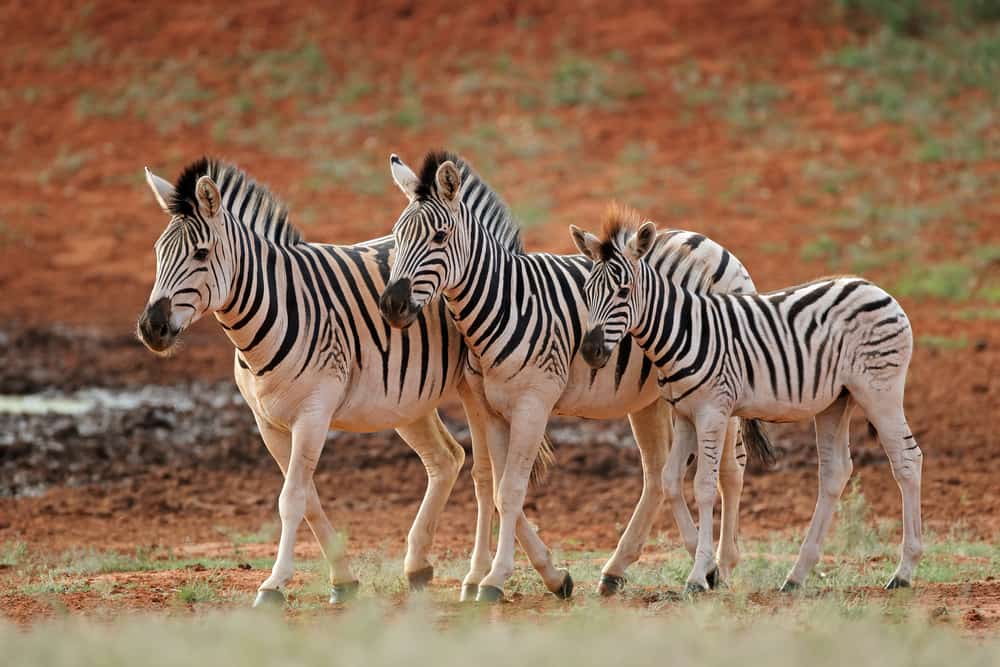
While both Plains and Mountain zebras share basic reproductive patterns common to equids, there are subtle but important differences in their reproductive strategies. Plains zebras are somewhat more prolific breeders, with mares capable of producing foals annually under favorable conditions. They have a gestation period of approximately 12-13 months, and mares can come into estrus (heat) shortly after giving birth, a phenomenon known as “foal heat.” This allows them to potentially conceive while still nursing a previous offspring, maximizing reproductive output when conditions are favorable. Plains zebras also tend to breed year-round, though there are often seasonal peaks coinciding with periods of optimal resource availability.
Mountain zebras have a slightly more conservative reproductive strategy, adapted to their more challenging and resource-limited environment. Their gestation period is similar to Plains zebras at about 12 months, but Mountain zebra mares typically produce foals less frequently, often with 1-3 years between births. Cape Mountain zebras in particular have a more pronounced breeding seasonality, with most births occurring during the summer rainy season (October to March in the Southern Hemisphere) when forage is most abundant. This reproductive timing ensures that young are born when resources are optimal for the mother’s milk production and the foal’s early development. Mountain zebra foals also tend to remain dependent on their mothers for a slightly longer period than Plains zebra foals, reflecting the greater challenges of survival in their rocky habitat and the need for extended learning of specialized movement skills required for mountain living.
Dietary Preferences and Feeding Habits
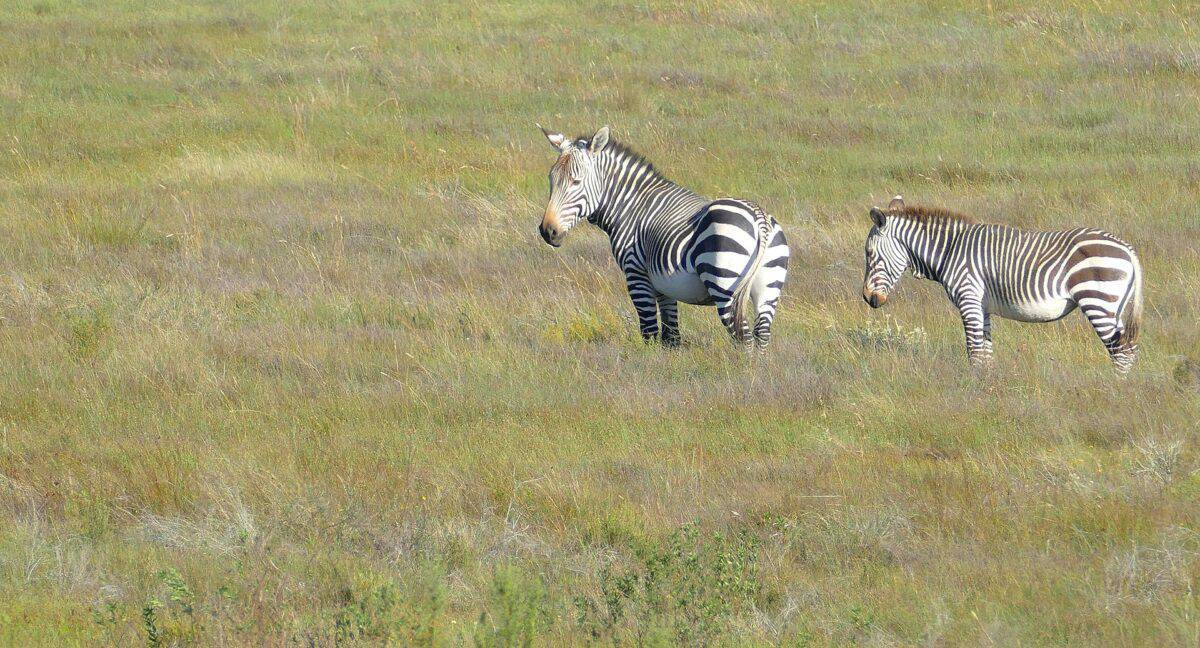
The dietary preferences and feeding habits of Plains and Mountain zebras reflect their adaptation to different habitats. Plains zebras are primarily grazers with a diet consisting of about 90% grasses. They prefer short, fresh grasses but are adaptable and will consume taller, coarser grasses when necessary. This dietary flexibility allows them to thrive across a wide range of grassland environments and to undertake seasonal migrations following the growth of new grasses. Plains zebras have evolved specialized digestive systems as hindgut fermenters, allowing them to process large quantities of relatively low-quality grasses efficiently. They typically spend about 60-80% of their daylight hours feeding, moving continuously while grazing.
Mountain zebras, while also primarily grazers, show greater dietary flexibility than their plains counterparts. They supplement their grass diet with browse from bushes and shrubs, especially during the dry season when grasses become scarce in their mountainous habitat. Cape Mountain zebras in particular have been observed consuming a variety of plant species not typically eaten by Plains zebras, including certain succulents and woody plants. Mountain zebras are also more likely to dig for roots and tubers during drought periods, using their strong hooves to access these underground water and nutrient sources. Their feeding pattern tends to involve more concentrated grazing in smaller areas before moving to new locations, rather than the continuous grazing movement pattern of Plains zebras. This difference reflects the patchier distribution of food resources in mountainous environments compared to open plains.
Adaptations to Environmental Challenges

Plains and Mountain zebras have evolved distinct adaptations to cope with the environmental challenges of their respective habitats. Plains zebras have developed remarkable heat tolerance for life on the open savanna, where temperatures can soar during the day. Their stripes may play a role in thermoregulation by creating small-scale air movements that help cool the body. Plains zebras are also highly mobile, capable of undertaking seasonal migrations spanning hundreds of kilometers in search of water and fresh grazing. Their endurance and efficient running gait allow them to cover long distances across flat terrain, crucial for both migration and escaping predators in open environments where hiding is not an option.
Mountain zebras have evolved specialized adaptations for life in rugged, rocky terrain. Their harder, more cup-shaped hooves provide superior traction on steep slopes and rocky surfaces. The muscular build of Mountain zebras, particularly their powerful hindquarters, enables them to make impressive vertical jumps and navigate steep inclines with agility. They have also developed greater cold tolerance than Plains zebras, necessary for the cooler temperatures at higher elevations, especially during winter nights. Mountain zebras have a remarkable spatial memory that allows them to remember complex paths through their rocky habitat, including the locations of small, hidden water sources that may be crucial during dry periods. Unlike Plains zebras, which typically require daily access to water, Mountain zebras—especially Hartmann’s Mountain zebras—can go for several days without drinking by obtaining moisture from their food and reducing water loss, an essential adaptation for life in water-scarce mountainous regions.
Predator Response Strategies
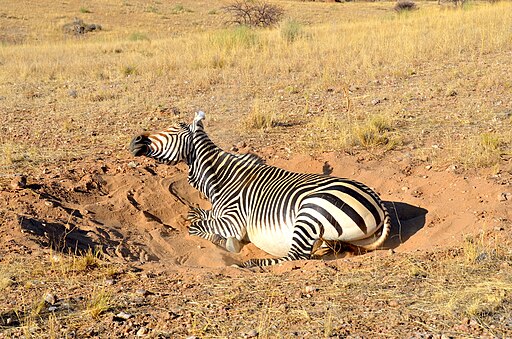
Plains and Mountain zebras have developed different strategies for dealing with predators, reflecting the different predatory threats present in their respective habitats. Plains zebras typically rely on safety in numbers, forming large herds that enhance predator detection through multiple alert individuals. When threatened, Plains zebras often engage in a coordinated flight response, running together in a tight formation that can confuse predators and make it difficult to single out an individual. They are capable of sustained running at speeds of up to 65 km/h (40 mph) across open terrain. If cornered, Plains zebras defend themselves vigorously using powerful kicks with their back legs and bites that can seriously injure predators.
Mountain zebras, living in smaller groups in more rugged terrain, rely more heavily on their knowledge of the landscape and agility as anti-predator strategies. When threatened, they typically flee uphill into rocky areas where most predators cannot follow easily. Mountain zebras use their exceptional climbing ability to access steep slopes and narrow ledges that are inaccessible to most predators. They have excellent vision adapted for detecting movement in complex, rocky landscapes and maintain a higher state of vigilance than Plains zebras. Mountain zebras also have a more developed freeze response when they detect predators at a distance, becoming motionless to avoid detection rather than immediately fleeing as Plains zebras often do. Like their plains cousins, Mountain zebras will fight fiercely if cornered, but their primary strategy is to use the challenging terrain to their advantage rather than relying on the confusion effect of large herds.
Vocalizations and Communication

Both zebra species use a variety of vocalizations and non-vocal communication methods, but there are subtle differences in their communication repertoires. Plains zebras are generally more vocal, producing a wide range of sounds including the familiar high-pitched barking or “kwa-ha” call, snorts, whinnies, and nickers. Their primary alarm call is a sharp bark that alerts the herd to danger. Plains zebras living in larger social groups have developed more complex vocal communication, with different calls for maintaining group cohesion during movement, mother-foal recognition, and mating interactions. They also engage in frequent social grooming, which serves both hygiene and social bonding functions.
Mountain zebras, adapted to life in smaller, more closely knit family groups in terrain where sound carries differently, have a somewhat different vocal repertoire. Their alarm call is described as slightly deeper than that of Plains zebras, and they generally vocalize less frequently. Mountain zebras rely more heavily on visual communication, including a complex system of ear, head, and tail positions that signal intentions and emotional states. They engage in more pronounced greeting ceremonies when family members reunite after brief separations, involving mutual sniffing and touching of noses. Both zebra species use scent marking to communicate, but Mountain zebras, particularly stallions, create more consistent dung piles (middens) to mark territory boundaries in their more defined home ranges, a behavior less pronounced in the more nomadic Plains zebras.
Conservation Status and Threats
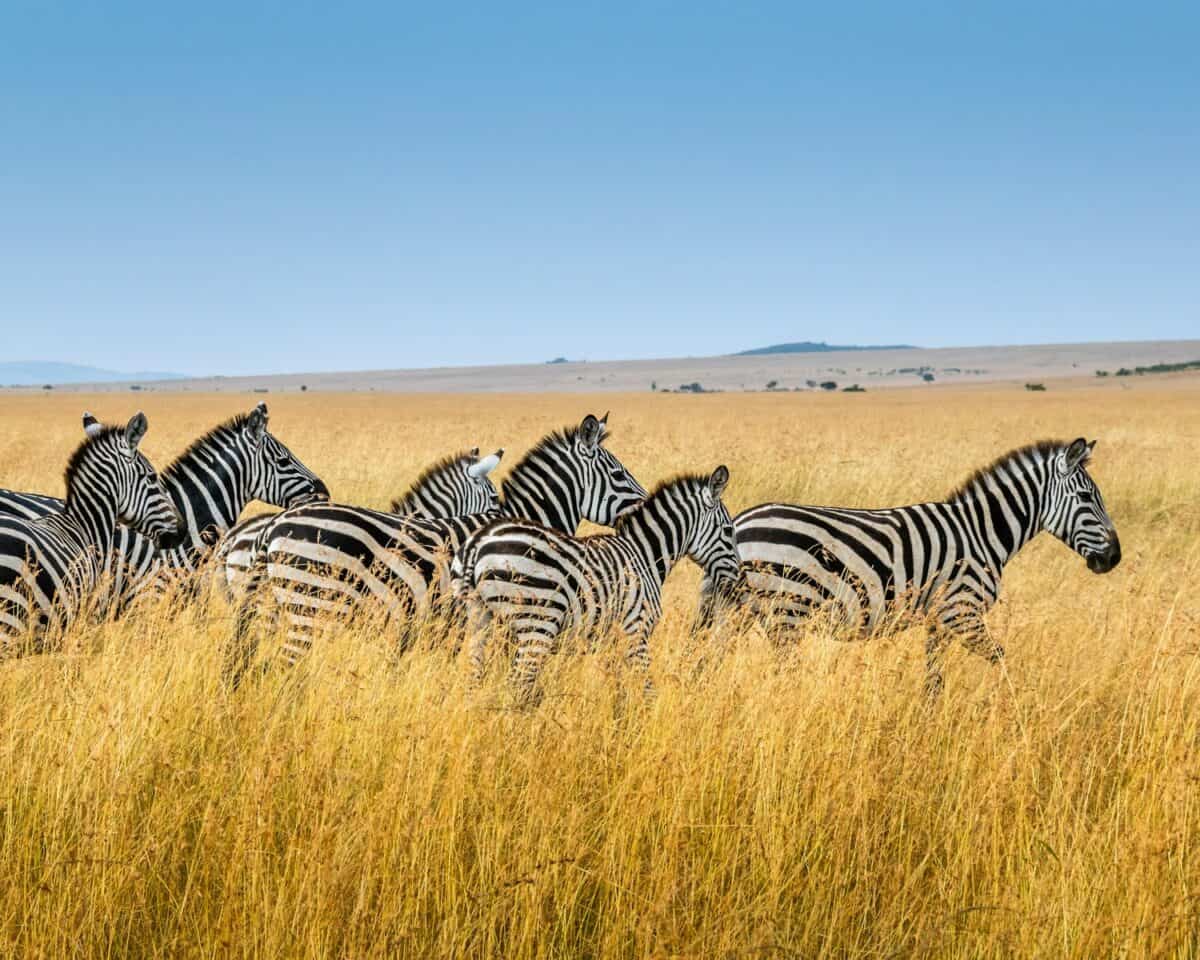
The conservation status of Plains and Mountain zebras differs significantly, reflecting their different population sizes, range extents, and vulnerability to human activities. Plains zebras are currently classified as Near Threatened on the IUCN Red List. While they remain relatively numerous with an estimated population of 500,000 individuals across Africa, their numbers have declined by approximately 25% over the past three generations. The main threats to Plains zebras include habitat loss due to agricultural expansion, competition with livestock for grazing and water, hunting for meat and skins, and the impacts of civil unrest in parts of their range. Despite these challenges, Plains zebras still maintain viable populations in numerous protected areas across eastern and southern Africa.
Mountain zebras face a more precarious conservation situation. The species as a whole is classified as Vulnerable, but the two subspecies have different statuses. The Cape Mountain zebra was on the brink of extinction in the early 20th century, with fewer than 50 individuals remaining by 1950. Thanks to intensive conservation efforts, their numbers have increased to approximately 4,800 today, and they are now classified as Least Concern, though they occupy only a fraction of their historical range. Hartmann’s Mountain zebras are classified as Vulnerable, with a population estimated at around 25,000-30,000 individuals, primarily in Namibia. Both Mountain zebra subspecies face threats from habitat loss, competition with livestock
- This Bird Sets Forests on Fire - August 17, 2025
- Orcas Have Regional Accents - August 17, 2025
- The Largest Group Migration in the Animal World - August 17, 2025

